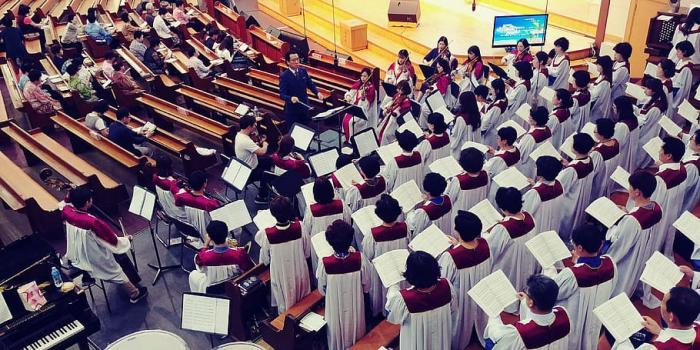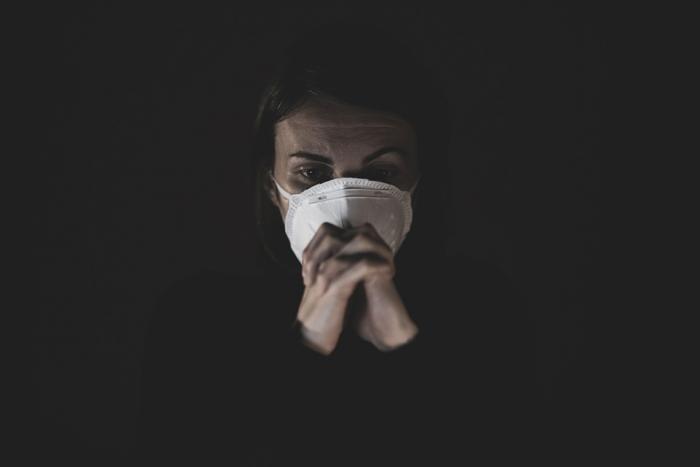
As churches begin to reopen, many health experts are discouraging congregational singing, at least for now. While singing is a vital part of worship in so many churches, it can be dangerous amid the COVID-19 pandemic.
The president of the Performing Arts Medical Association said that there is no safe way for singers to rehearse together until there is a COVID-19 vaccine and a 95 percent effective drug treatment available.
Speaking alone releases 2 to 10 times as many particles as coughing. Airborne droplet nuclei generated by singing is 6 times more than that emitted during
normal talking.
Another reason singing in churches can be dangerous is because of the lack of proper ventilation, which is a significant concern given how COVID-19 spread.
According to Dr. Kevin Kavanaugh, in an article for MJH Life Sciences, “The combination of singing in close quarters and decreased ventilation is nothing short of a petri dish for viral growth.”
Recently, a church in Mount Vernon, Washington, found out how quickly the coronavirus can spread among choir members.
When there were no restrictions on large gatherings in early March, the director of the Mount Vernon Presbyterian Church held a rehearsal. At the time, 60 of the 121 members attended.
According to the Los Angeles Times, members did not share the usual hugs or handshakes. A greeter offered hand sanitizer. Also, singers brought their sheet music and tried to keep some distance between members. Those who attended said no one was coughing, sneezing, or appeared sick.
The choir practiced lasted 2 1/2 hours. Within several days, 45 choir members had been diagnosed with COVID-19 or showed symptoms. Two died.
“Singing, to a greater degree than talking, aerosolizes respiratory droplets extraordinarily well,” Erin Bromage, associate professor of biology at the University of Massachusetts, Dartmouth said. “Deep-breathing while singing facilitated those respiratory droplets getting deep into the lungs. Two-and-a-half hours of exposure ensured that people were exposed to enough virus over a long enough period of time for infection to take place.”
Until a vaccine and drug treatments are readily available “social distancing, including masks, gloves, and spacing is key,” medical director of the Department of Otolaryngology at the University of South Carolina, Dr. Lucinda Halstead said.
Halstead did acknowledge that no spacing solution would eliminate the risk for choirs, face masks do not provide adequate protection, and testing still results in too many false negatives.
Are you concerned about singing when you return to church? Is it too much of a risk?


